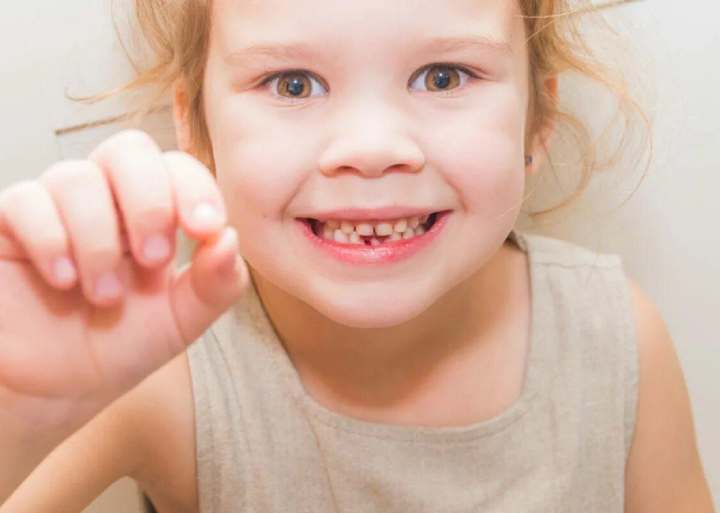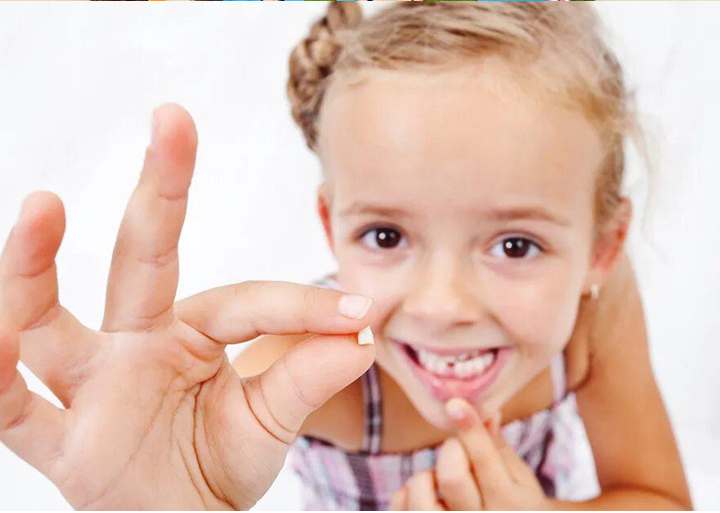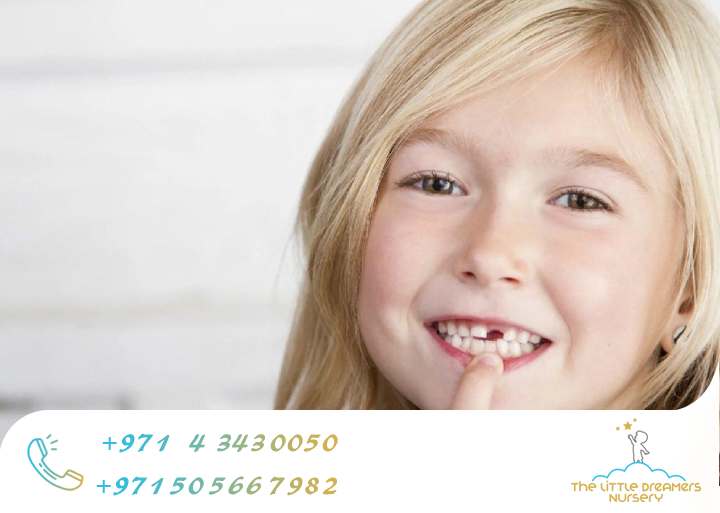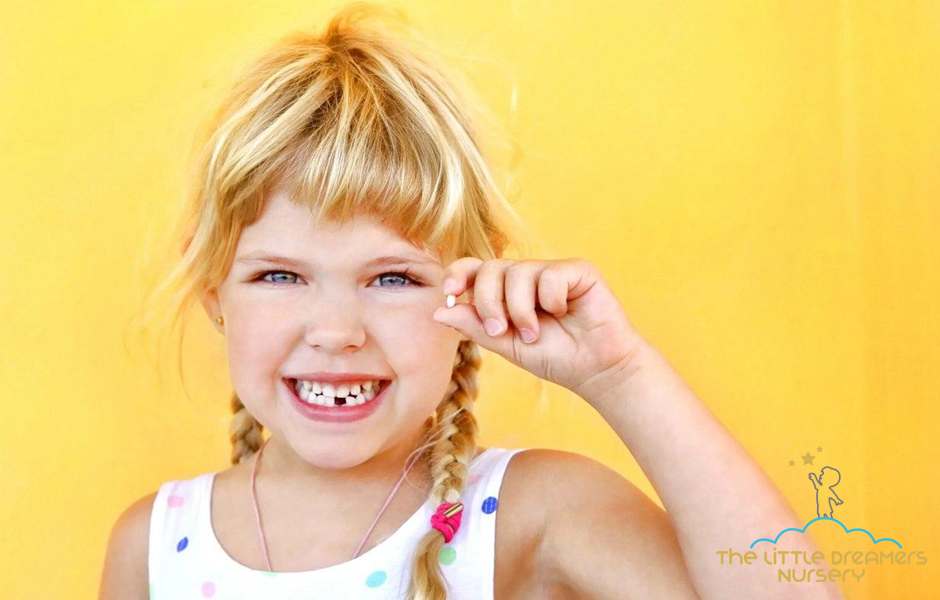Losing a tooth can be a big milestone in a child’s life. It’s a sign of growth and a step towards a whole new set of pearly whites! But with all the excitement, parents might wonder, when should child start losing teeth?
This article will guide you through the typical timeline of losing baby teeth, address any concerns about early or late tooth loss, and offer tips on how to help your child navigate this exciting (and sometimes wiggly) phase.
How Many Teeth Does a Child Have?
Before we delve into the world of lost teeth, let’s establish a baseline. Most children have a total of 20 baby teeth, also known as primary teeth. These smaller teeth pave the way for the larger, permanent adult teeth that will erupt later.
When Will First Teeth Fall Out?
There isn’t a single, definitive answer to when the first teeth will fall out. Every child develops at their own pace, and this includes tooth loss. However, generally, children start losing their baby teeth around 6 years old. This is just an average though, some children may lose their first tooth as early as 4 years old, while others might wait until they’re 7.

When Teeth Start Falling Out: A Loosen Up Timeline
While the exact timing can vary, there’s a usual order to when teeth start falling out. Here’s a general timeline to give you an idea:
- Central incisors (lower and upper front teeth): These are often the first to go, typically around 6-7 years old.
- Lateral incisors (teeth next to the central incisors): Expect these to loosen and fall out between 7-8 years old.
- Canines (pointed teeth): These canines, sometimes called eye teeth, tend to hang on a bit longer, usually falling out between 9-12 years old.
- First molars (the back teeth): These first molars make way for permanent molars around 9-11 years old.
- Second molars (the very back teeth): The last to join the party, these second molars typically erupt between 10-12 years old, pushing out the second baby molars.

What to Expect When Teeth Start Falling Out
The process of losing a tooth can be different for each child. Here’s what you might observe:
- Looseness: The tooth will become wiggly, a sign that the root is being reabsorbed to make space for the permanent tooth underneath.
- Gum sensitivity: The gums around the loose tooth might feel a little tender.
- Slight bleeding: A small amount of blood is sometimes present when the tooth comes loose.
- Gaps: Once the tooth falls out, there will be a gap until the permanent tooth erupts.
Early or Late Tooth Loss: When to Worry
Remember, the timeline we discussed is a guideline. There can be some variation, and it doesn’t necessarily indicate a problem. However, if your child experiences any of the following, it’s best to consult a dentist:
- Losing teeth before age 4 (unless caused by trauma): Early tooth loss can sometimes be a sign of an underlying condition.
- No loose teeth by age 7-8: If most baby teeth haven’t started to loosen by this age, a dentist can check for any developmental issues with the permanent teeth.
- Persistent pain or bleeding: While some discomfort is normal, excessive pain or bleeding warrants a visit to the dentist.
- Difficulty eating or speaking: If a loose tooth is causing problems with eating or speaking, a dentist can advise on the best course of action.

Helping Your Child Through Losing Teeth
Losing a tooth can be a fun and exciting time for a child, but it can also be a little nerve-wracking. Here are some tips to help your child through this process:
- Explain what’s happening: Talk to your child about how losing teeth is a normal part of growing up and how it makes space for their strong, permanent teeth.
- Address any fears: Some children might be worried about the tooth falling out or feeling pain. Reassure them that it’s a natural process and that you’re there to help.
- The “tooth fairy” tradition: For many children, the tooth fairy adds a touch of magic to losing a tooth. If you choose to participate in this tradition, make it fun and lighthearted.
- Encourage good oral hygiene: Losing baby teeth is a good time to emphasize the importance of brushing and flossing to keep the new, permanent teeth healthy. Help your child develop a good oral hygiene routine that includes brushing twice a day and flossing daily.
- Be mindful of what they eat: While a loose tooth might be tempting to wiggle or pull, it’s important to avoid hard or sticky foods that could cause it to come out prematurely or break awkwardly. Encourage softer foods until the tooth falls out naturally.
- Help them manage discomfort: For some children, a loose tooth can cause mild discomfort. A cool compress on the outside of the cheek can help reduce any swelling or tenderness.
- Celebrate the milestones: Losing a tooth is a big step in a child’s life. Celebrate this achievement with them and make it a positive experience.
In Conclusion
Losing baby teeth is a natural part of growing up. By understanding the typical timeline and what to expect, you can help your child navigate this exciting phase with confidence. Remember, every child develops at their own pace, so don’t worry if your child falls outside the average range.
Read more: Should parents stop brushing children’s teeth when they reach a certain age?








